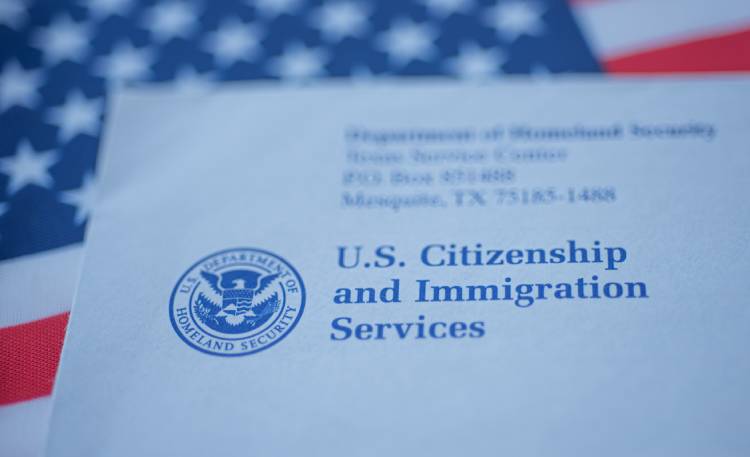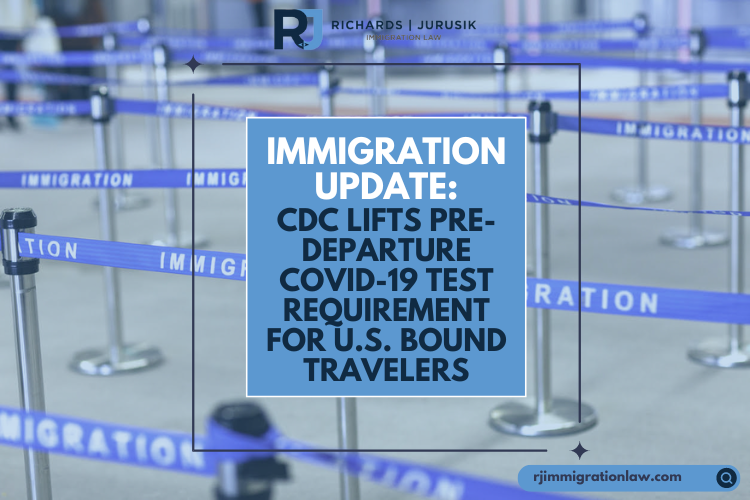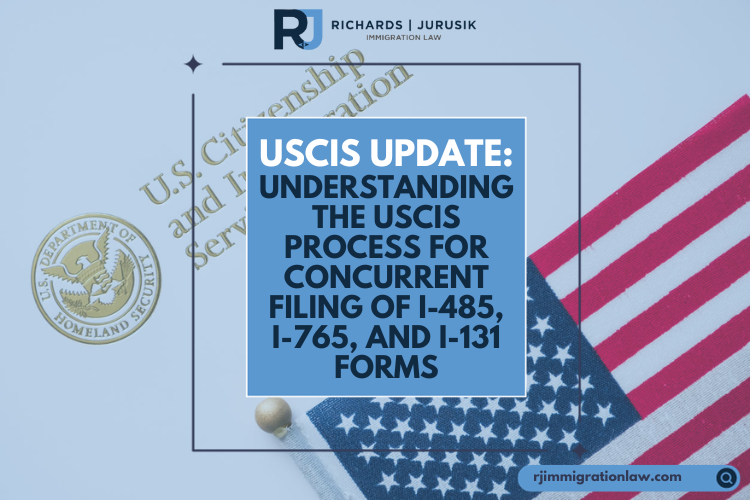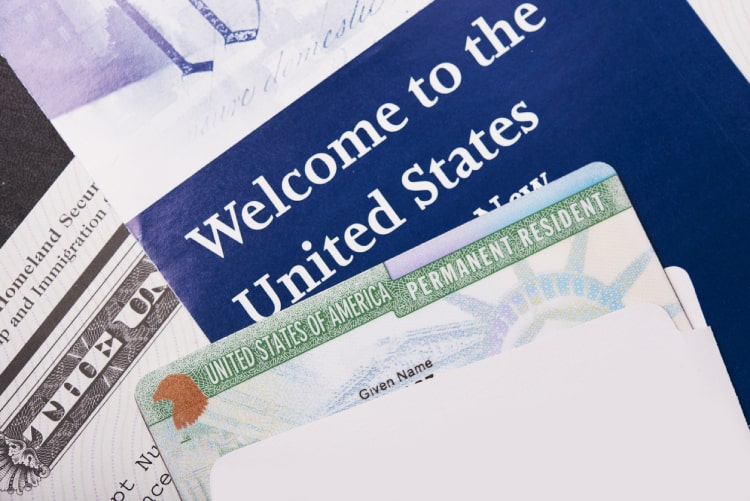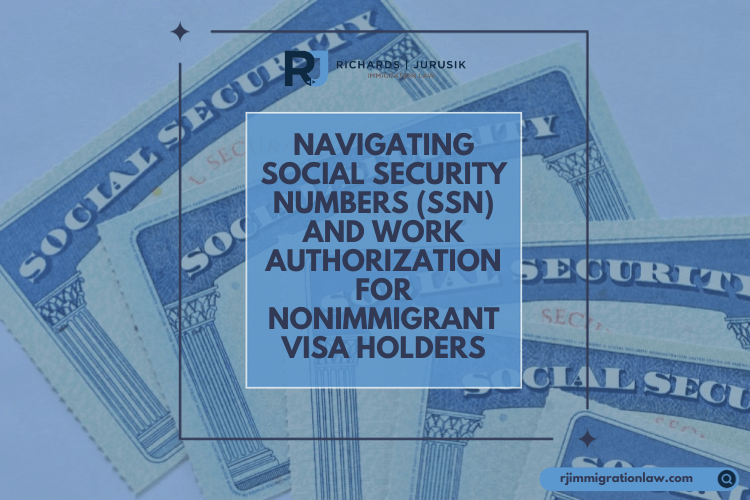Among the various notices you can receive from USCIS, Requests for Evidence (RFEs) are critical to pay attention to. Understanding the importance of RFEs is crucial for applicants and petitioners seeking immigration benefits. This blog post explains RFEs, their content, the importance of avoiding multiple RFEs, the designated timeframe for responses, and some standard timeframes to keep in mind.
What is an RFE?
An immigration officer issues an RFE if the evidence submitted by a benefit requestor does not fulfill all the initial evidence requirements or fails to establish eligibility for the sought benefit. The issuance of an RFE signifies that further evidence is needed for the officer to decide on the application. It’s worth noting that an RFE will only be issued if there’s a possibility that additional evidence could establish eligibility; if there’s no legal basis for the benefit request, an RFE will not be given.
Critical Components of an RFE
An effectively crafted RFE should clearly:
- Point out the eligibility requirements not yet met and explain why the submitted evidence is insufficient.
- Specify any missing evidence per the statute, regulation, or form instructions.
- Suggest examples of other evidence that might establish eligibility.
- Set a clear deadline for the submission of the requested evidence.
Officers are advised against requesting evidence irrelevant to the identified deficiencies or outside the adjudication’s scope. This practice ensures that the process remains focused and efficient.
Avoiding Multiple RFEs
While follow-up RFEs can be issued if responses to the initial RFE open new inquiries or reveal additional eligibility questions, the goal is to consolidate requests. By thoroughly reviewing all evidence and potential deficiencies in the initial phase, officers aim to minimize the need for multiple RFEs. This approach simplifies the process for both the requestor and the reviewing officer.
Response Timeframes
The maximum allowable time to respond to an RFE is 12 weeks (84 days), with no extensions permitted by regulations. However, USCIS can set flexible deadlines on a case-by-case basis, following standard timeframes but allowing for adjustments under specific circumstances. The response deadline will be explicitly stated in the RFE, and requestors must adhere to this timeline to avoid jeopardizing their application.
Special Considerations for Mail Service
When USCIS serves an RFE via ordinary mail, the service is deemed complete on the mailing day. If the RFE is responded to within 3 days past the deadline, it is still considered timely, granting a slight extension to account for mailing time. Additional considerations are made for responses received on Mondays or the next business day following a federal holiday, ensuring fairness in the timing of responses.
International Considerations
For benefit requestors residing outside the United States or in cases where the RFE is issued from an international field office, the response time is extended by 14 days to accommodate international mailing times.
Standard Timeframes for Response
USCIS has established standard response times for various application types, ensuring consistency and clarity. For instance, applications to extend/change nonimmigrant status (Form I-539) and applications for provisional unlawful presence waivers (Form I-601A) have a standard response time of 30 days. The typical response time for all other form types is 84 days, with an additional 3 days for domestic mailing and 14 days for international scenarios.
Conclusion
Understanding and efficiently responding to RFEs is crucial to the immigration application process. By closely following the guidelines outlined in an RFE, including providing all requested evidence within the designated timeframe, benefit requestors can enhance their chances of a favorable outcome. Consulting with a legal expert familiar with immigration law can provide additional clarity and guidance through this complex process.
Subscribe to Our Resources Blog
Schedule a Consultation with an Immigration Lawyer
Additional Outside Resources
We Can Help!
You may have questions regarding a USCIS request for evidence. We invite you to contact our team at Richards and Jurusik for detailed guidance and assistance. We aim to provide the most accurate and up-to-date information to make your immigration process smoother and less stressful. The immigration lawyers at Richards and Jurusik have decades of experience helping people to work and live in the United States. Read some of our hundreds of 5-star client reviews! Contact us today to assess your legal situation.

